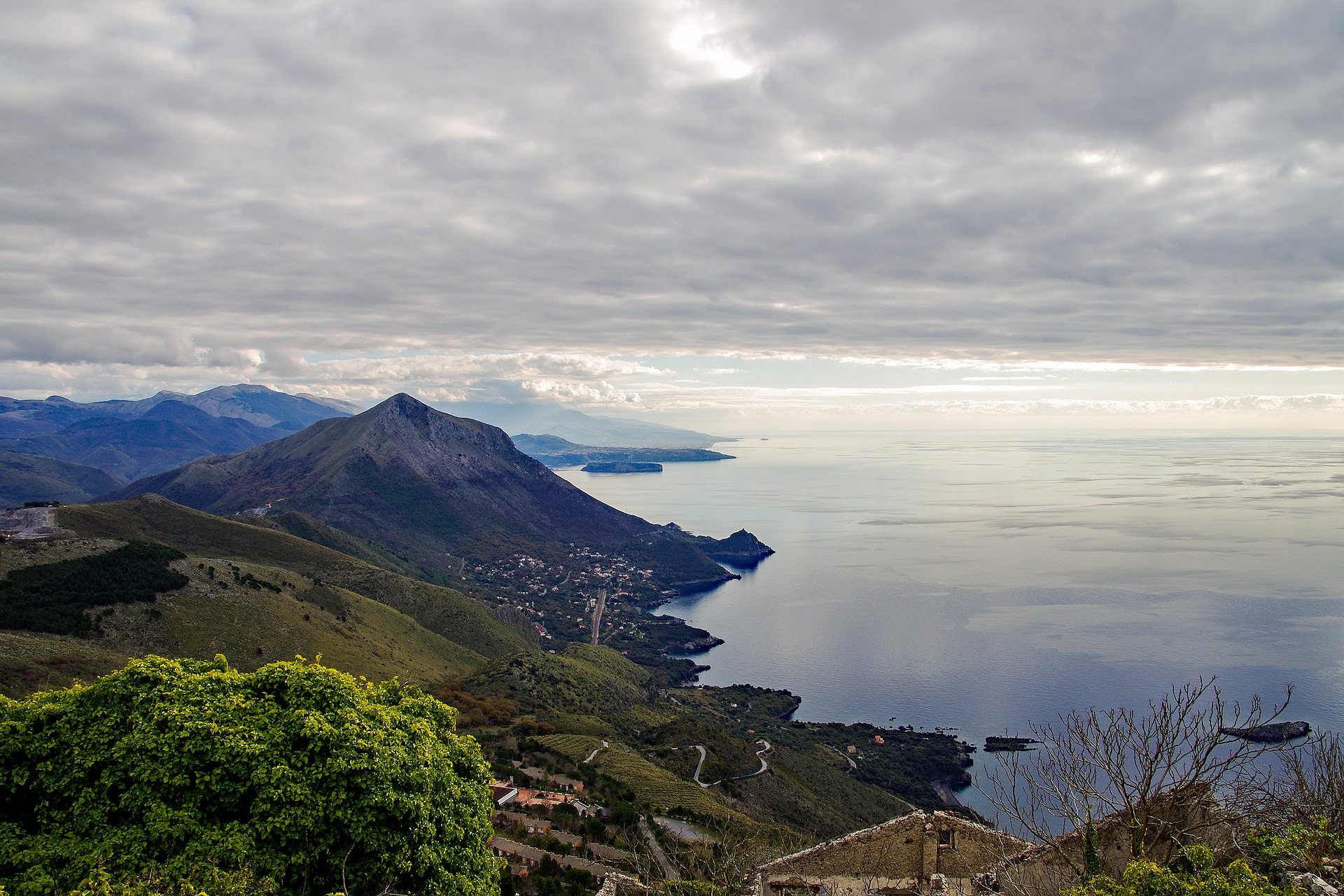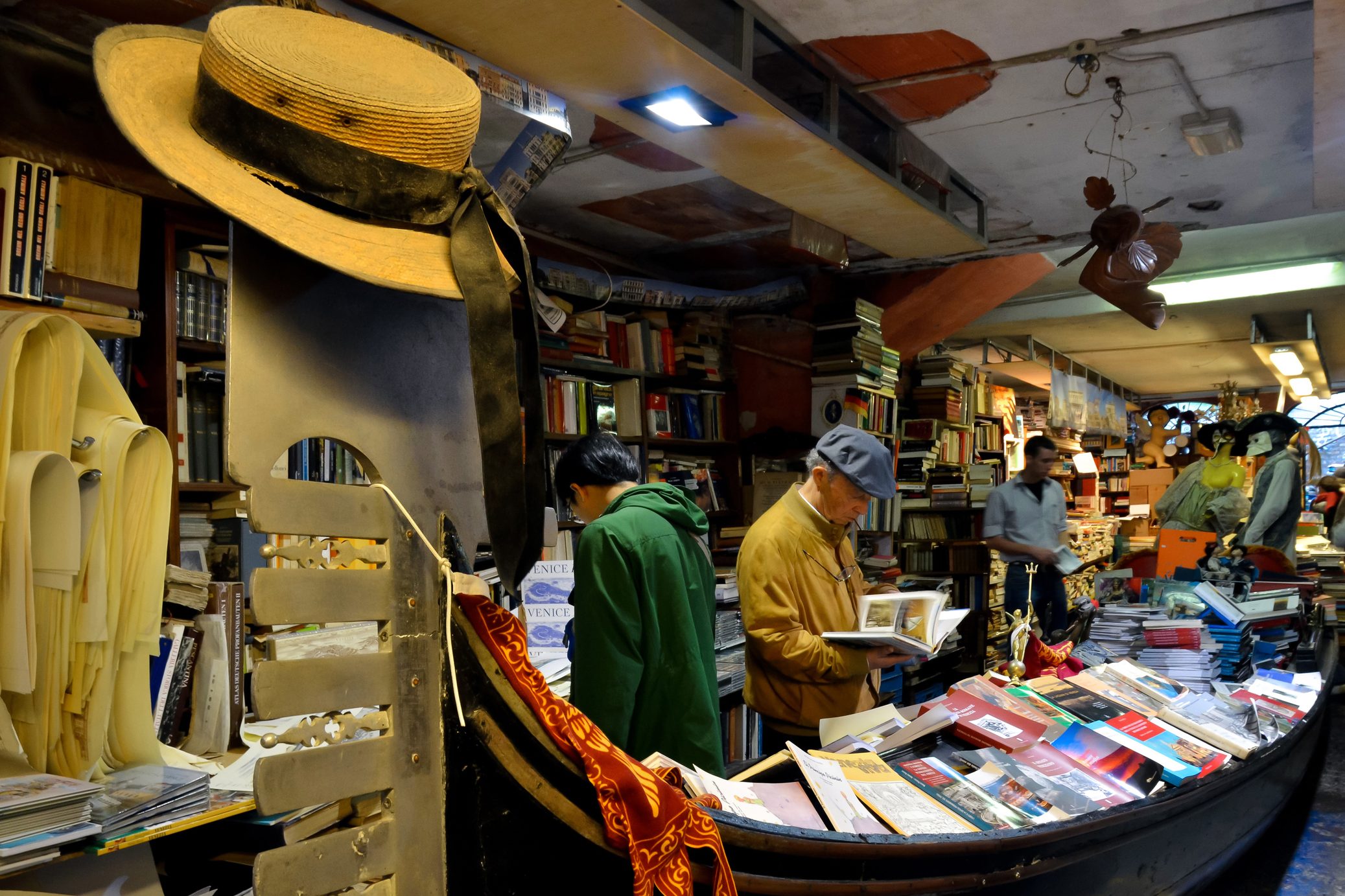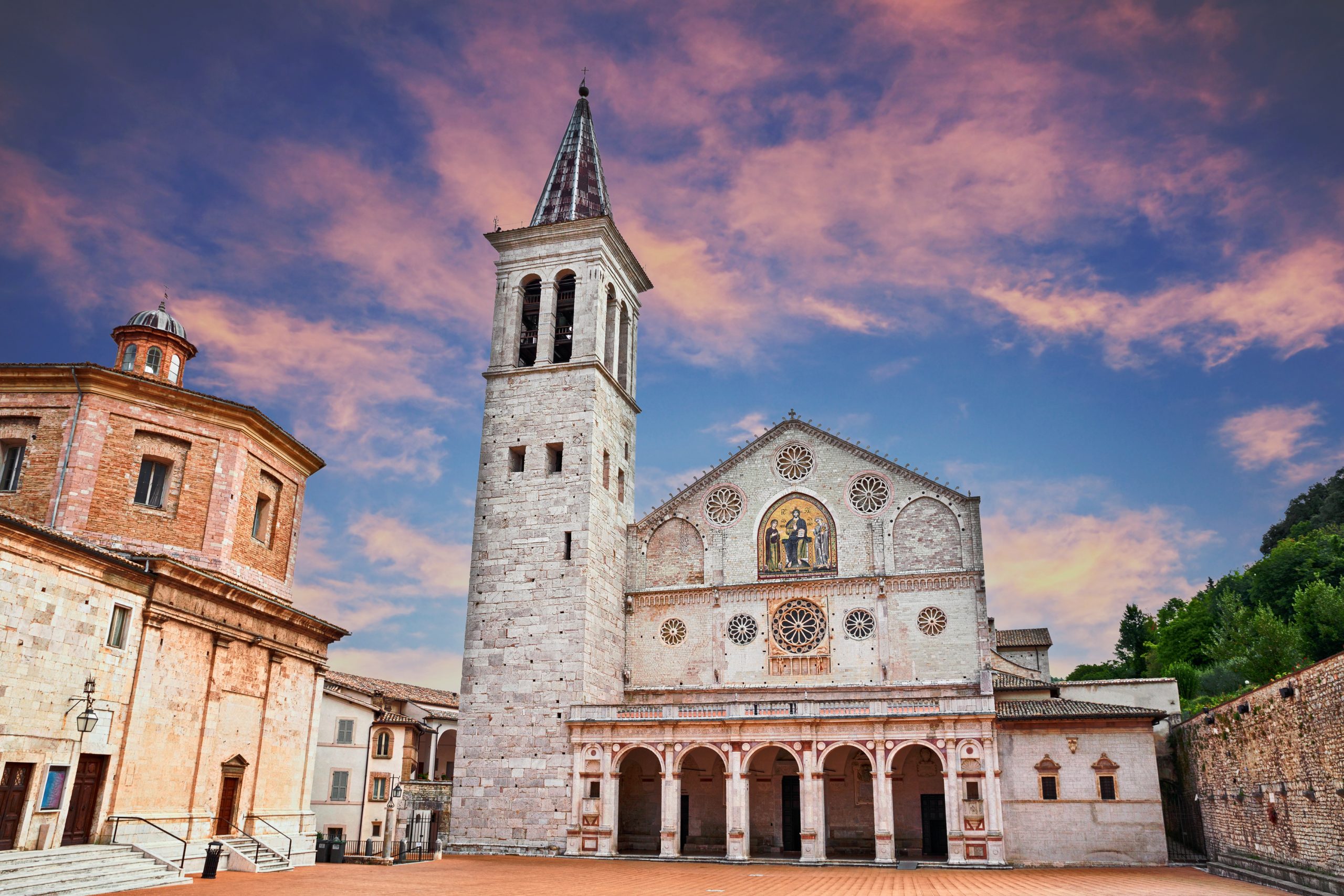“Life is too short a journey if you don’t take detours to make it longer”. 233 kilometers (144 miles), from the coast of the Tyrrhenian sea to the shores of the Ionian: the Southern Italian region of Basilicata is becoming a much loved destination to those seeking dramatic landscapes, natural beauty, a rich history and simple yet satisfying cuisine. Italian actor Rocco Papaleo, in “Basilicata Coast to Coast” –his first film as director– has shown the hidden beauty of a region that is too often neglected and has inspired many travelers to follow his example and explore the area. In the 2010 comedy four musicians who live in Maratea, on the Tyrrhenian, have to go to a talent show in Scanzano, on the Ionian coast. Instead of driving down the interstate –a 90 minutes trip at worse– they decide to leave ten days in advance and walk the 233 kilometers through mountains, hills, valleys and woods.
The result is an incredible and comical journey with stunning backdrops and an untamed nature. The 233 kilometer trekking can be at times hard and definitely takes at least ten days, but the same itinerary, following the events of the movie can be done by bike or even by car. The trip starts in Maratea, a real pearl on the sea: surrounded by chestnut woods, this ancient town oozes charm and offers uninterrupted sea views from its breathtaking position. Walking through its narrow alleys is a real pleasure, as is discover its churches: there are 44 around the village, which is the reason why Maratea has been nicknamed “città delle chiese”. The Chiesa dell’ Annunziata, with its fabulous majolica dome, and the Palazzo de Lieto are particularly beautiful and worth a stop on the way up Monte San Biagio, the mountain that hovers over Maratea. On the summit you will find the statue of the Christ Redentore that has been looking down to the sea since 1965.
The view from here is absolutely stunning and definitely worth the walk: on clear days you can see all the way to the island of Stromboli. Leaving Maratea the journey takes you through the seaside villages of Acquafredda, Castrocucco, Cersuta e Fiumicello – seaside towns popular with locals in the summer months– and then, once the sea and the coast are left behind, it takes you to Trecchina, famous for its beautiful white stone palazzos. Next is Lauria, birthplace of the movie director Papaleo, then Tramutola and Viggiano: here, perched on the Sacro Monte, stands a beautiful 14th century sanctuary of the Black Virgin, very popular with pilgrims and locals alike.
Next is Aliano, the town where writer Carlo Levi was exiled for years and the place that inspired him to write his masterpiece Cristo si è fermato a Eboli (Christ stopped in Eboli). From Aliano the journey continues to one of the region’s most suggestive villages, the ghost town of Craco. The village has been evacuated after a few landslides scared off its population in 1963 and remains, to this day, eerily empty as if frozen in time: for this reason it’s popular with movie directors and many scenes from many movies have been filmed in its deserted streets and piazzas.
From Craco begins the descent to the Ionian coast: the sanctuary of Santa Maria regina d’Anglona, on a hill 700 feet above sea level, offers amazing views before diving down back to the shore, first in Policoro and, finally, in Scanzano Jonico – the four musicians’ destination in the movie. Scanzano is a quiet and quaint coastal town with long beaches and clear water, perfect to wind down after a long journey. All along the way don’t miss the opportunity to savor the exquisite yet simple cuisine of the region: a perfect mixture of maritime and mountain traditions it is one of the best, yet lesser known in Italy. Locally produced cold cuts such as soppressata di Rivello, fresh homemade pastas, local extra virgin olive oil, caciocavallo and pecorino cheeses are just a few of the fresh ingredients used in Basilicata, along with Aglianico, a great local red wine.
The region of Basilicata can be reached by car from the West by taking the A3 highway Salerno Reggio Calabria and from the East by taking the A14 Autostrada Adriatica Bologna – Taranto; by train from both Naples and many towns in Apulia, including Bari and Foggia. The closest airports are Napoli Capodichino (90 miles), Bari Palese (40 miles) and Brindisi Casale (75 miles).































